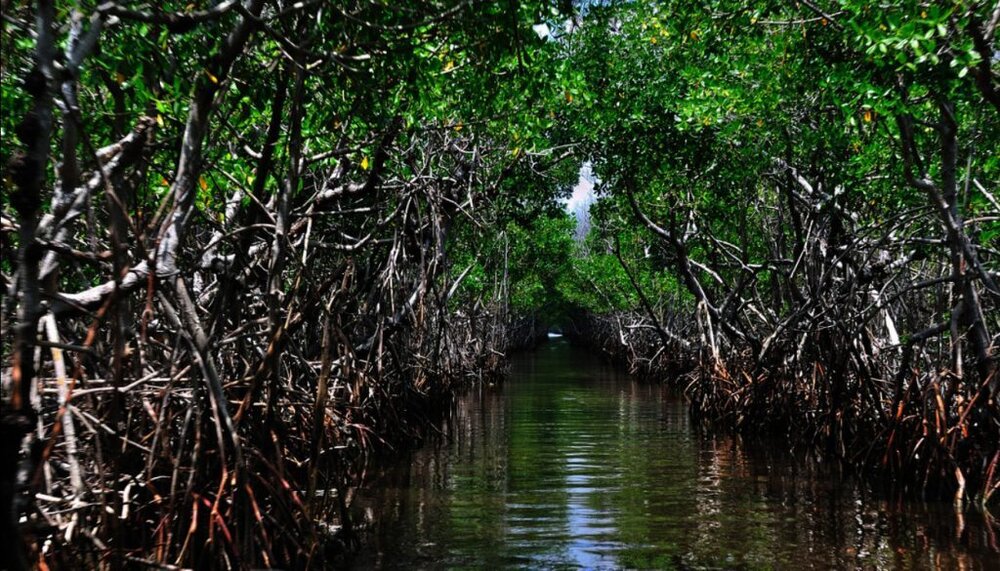Iran’s Hara forests, a key biosphere and protected wetland

Dhaka, 30 June, 2020: The core area of the reserve is a marine zone. The major topographic features of the region include a wetland with a series of small islands (mud hills), mangrove forests, tidal marshes, and shallow coves.
Wetlands are ecosystems saturated with water, either seasonally or permanently. They store water and ensure its quality, providing resilience against drought. They play a central role in sustainable development by supplying all our freshwater.
Wetlands play a major role in protecting the land against floods and the impacts of storms. They provide food and diverse habitats which support genetic, species, and ecosystem biodiversity. Wetlands play a key role in the life cycles of many species and in annual migration patterns.
Unfortunately, wetlands are being degraded and lost due to pollution, overexploitation, climate change, and human population growth. In recognition of these challenges, the RAMSAR Convention, an international treaty, was adopted in 1971.
Ramsar Wetlands are sites inscribed on the List of Wetlands of International Importance (the "Ramsar List") under the Convention on Wetlands.
Designated a Ramsar site, the Hara biosphere reserve is located in the Mehran River delta in the south of Iran. It is situated near the Straits of Khuran between Queshm Island and the Persian Gulf.
Sea snakes take advantage of Hara aqueous habitats for feeding, breeding, and subsistence. A species of Xerophilous snake (Echiscarinatu) in the region is found on the northern coast of the region, and the critically endangered Hawksbill sea turtle (Eretmochelys imbricata) is found in the coastal waters of the reserve.
The Strait of Khuran, in which the reserve is located, is a Ramsar site, which provides a habitat for the pelican (Pelecanus Crispus) during the winter months and acts as a regular feeding place for the green turtle (Chelonia mydas) – both globally threatened species.
The area is a major habitat for migratory birds in the cold season, and for reptiles, fish, and varieties of Arthropoda and bivalves. Venomous aquatic snakes are also indigenous to the forests.
Birdlife includes herons, flamingos, pelicans, and angler eagles. Another important feature of these forests is the appropriate and suitable seabed conditions for the ovulation of fish in the Persian Gulf.

